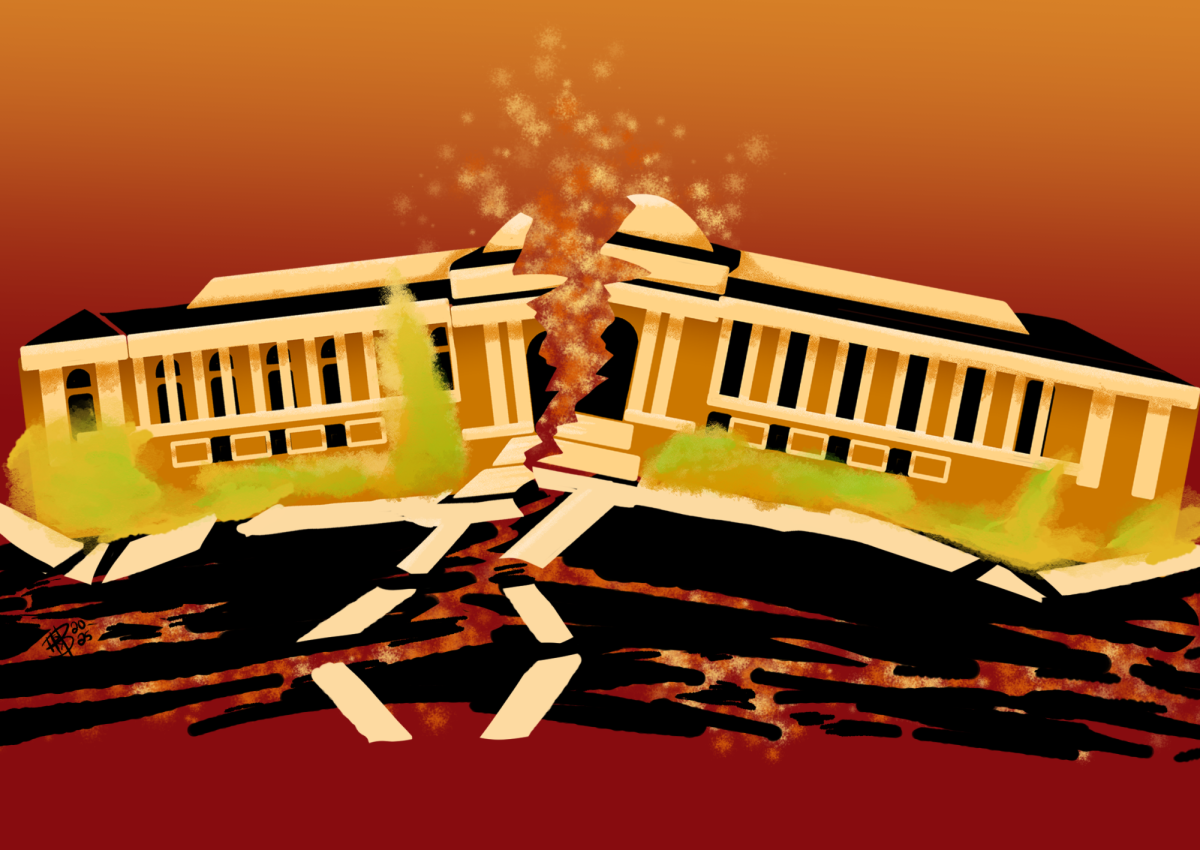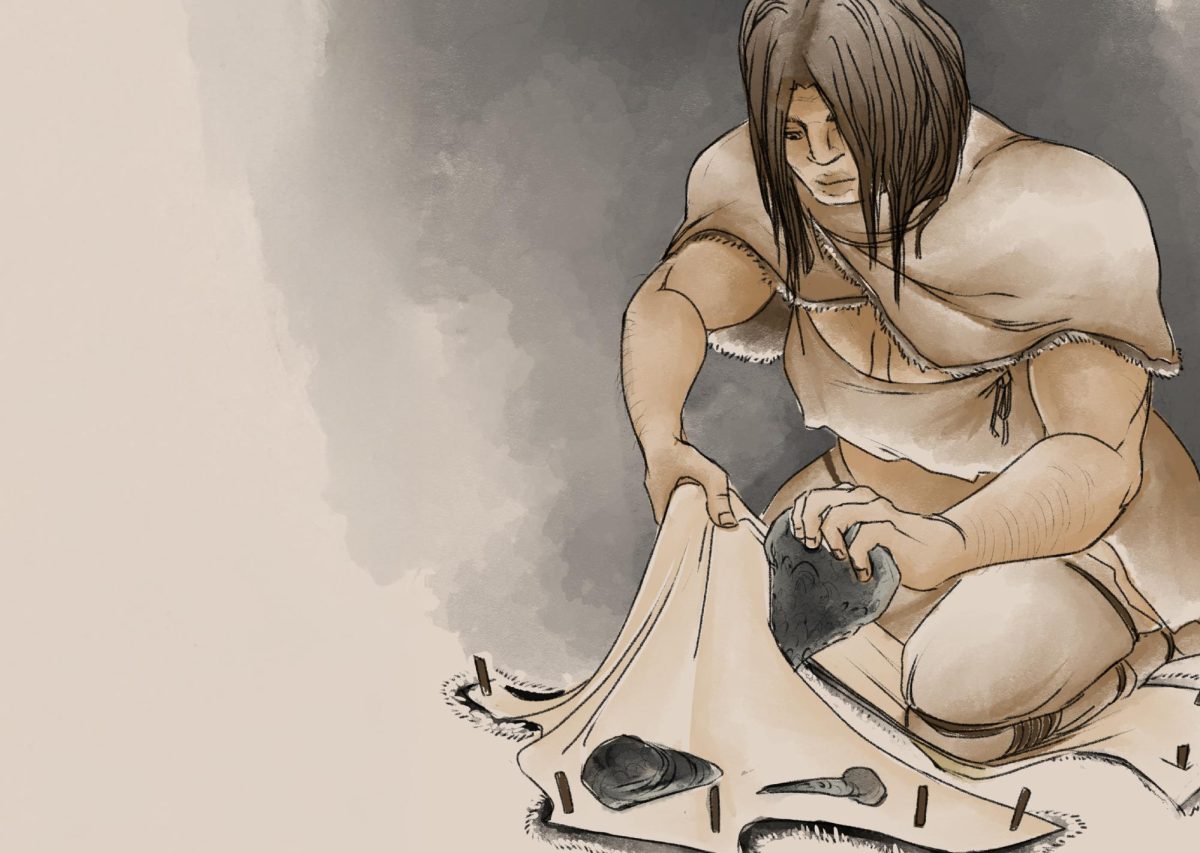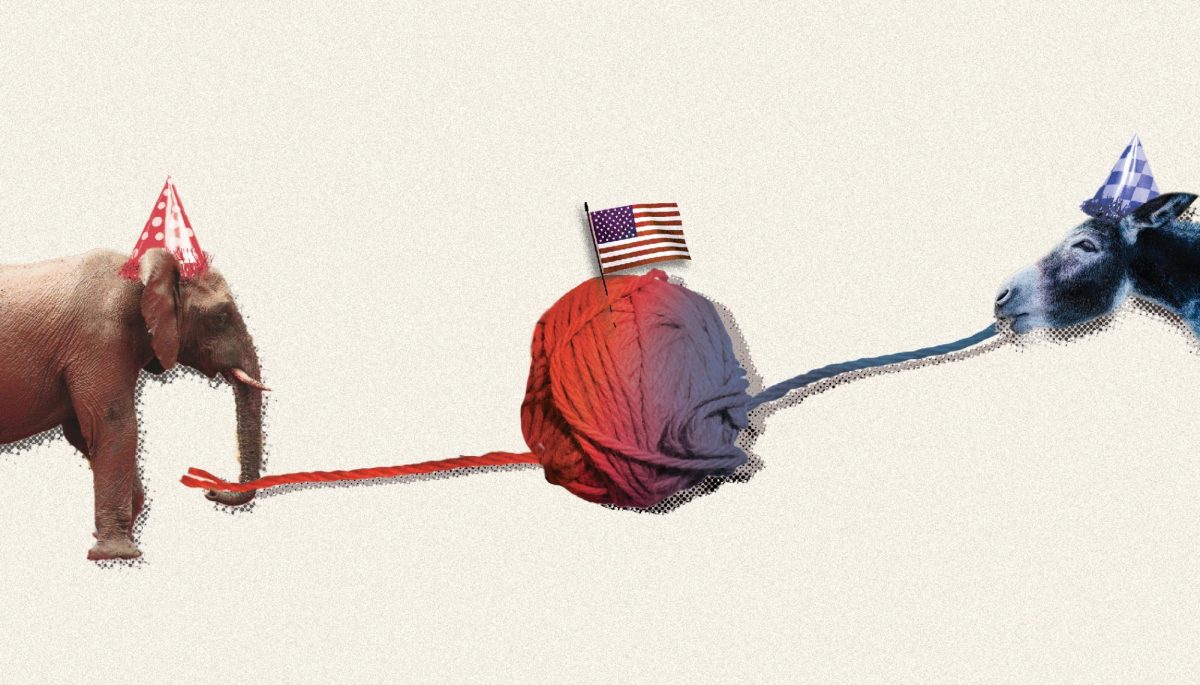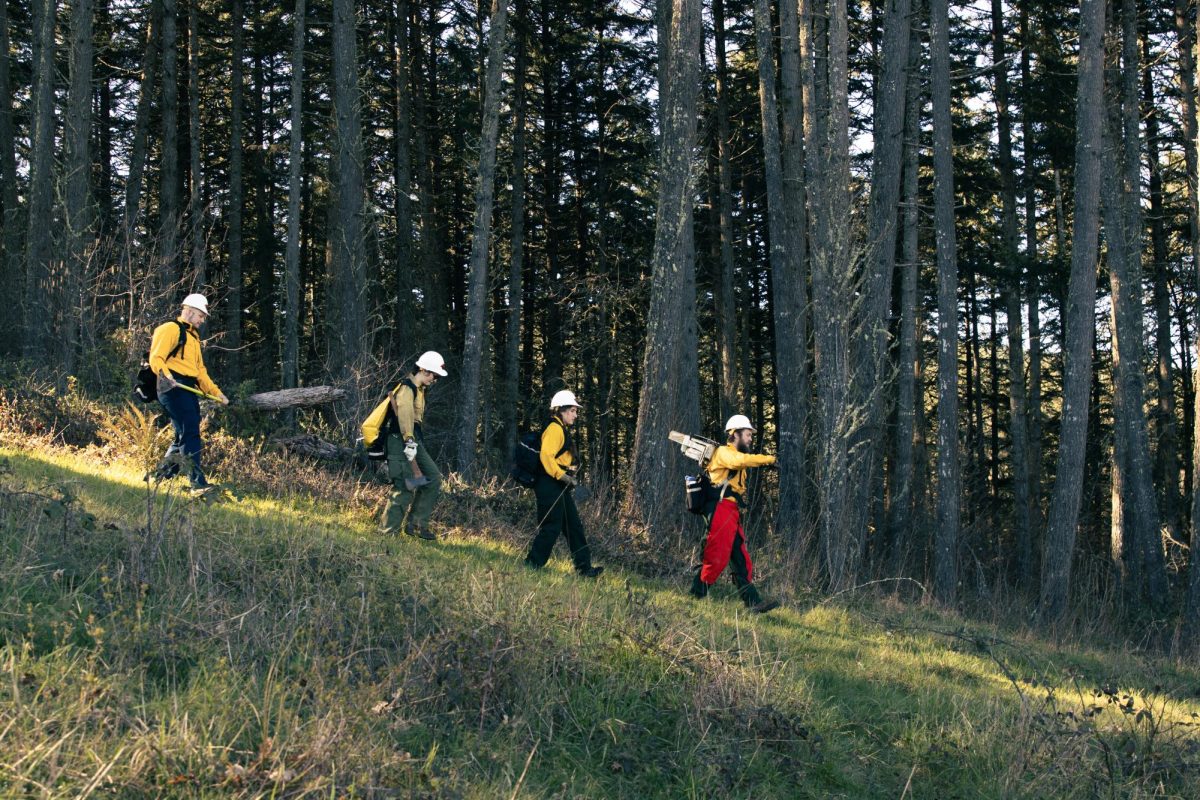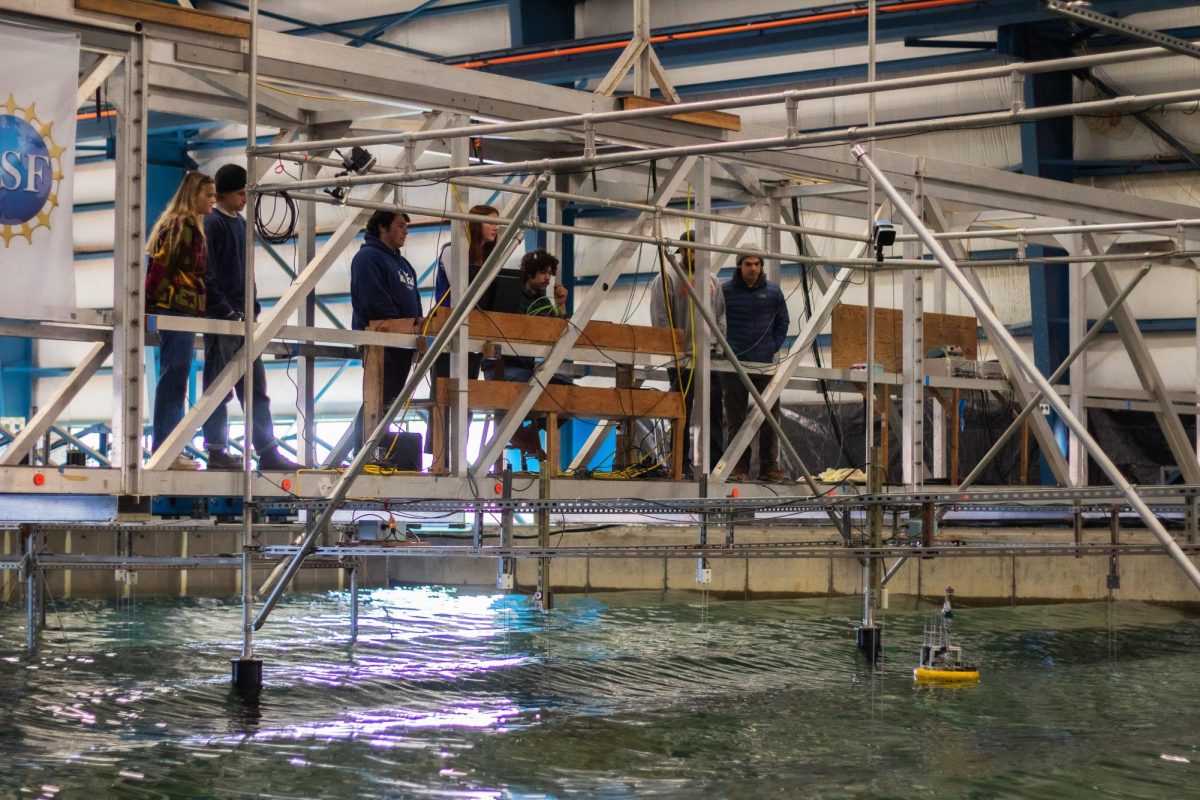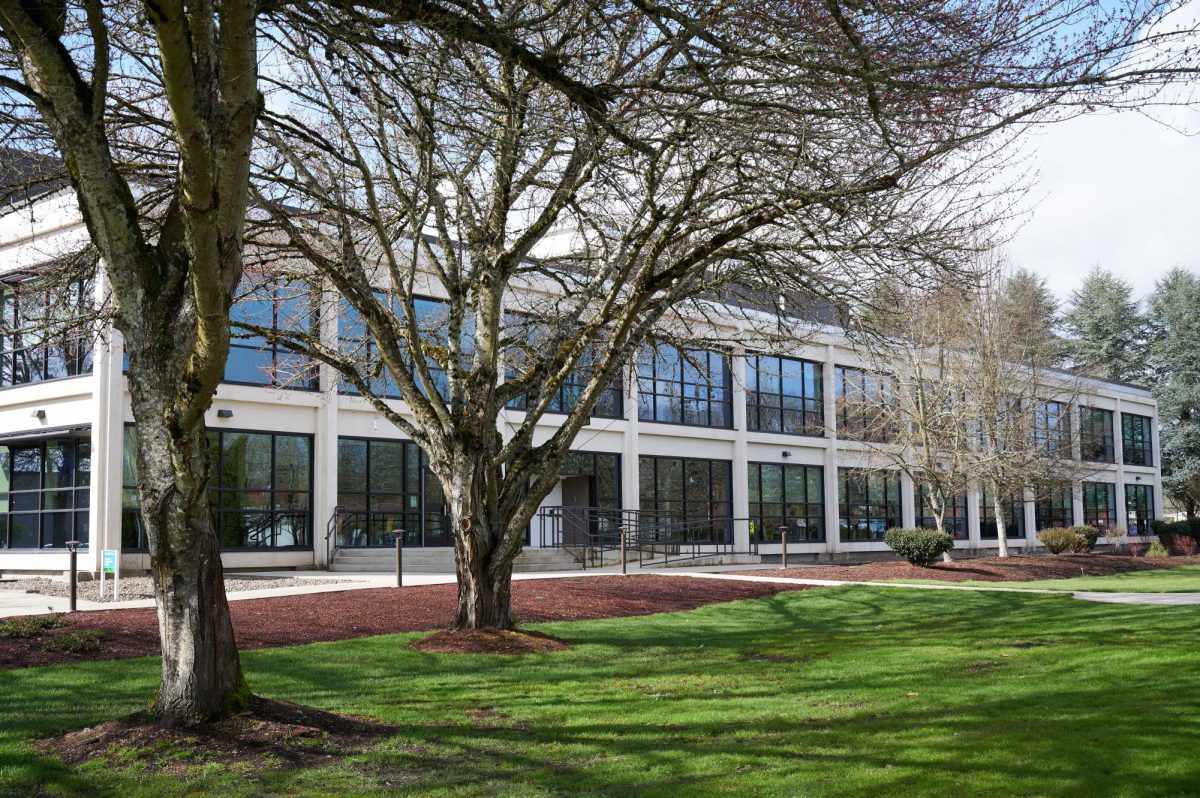Sixty-two years ago a seed of a Douglas-fir took off from the Earth for the Moon on the Apollo 14 Mission.
It returned to its new home near the Oregon State University forestry building in 1976 and has grown into a relic of campus, one with a plaque sitting at its base.
About 500 seeds from different trees, including the Douglas-fir tree, were encased in a canister in one of the astronaut’s pockets, according to Ed Jensen, emeritus professor at OSU.
“This was done as a quasi-experiment to ‘test’ the effect of space travel on tree seeds,” Jensen said.
The ‘moon’ tree OSU received as a seedling in 1974 was planted near Peavy Hall just off SW 30th St and stood just a couple of feet tall. Over 45 years later, it stands taller than Peavy Hall.
“After the seeds were germinated, the seedlings were distributed around the United States to various schools, universities, and public buildings; some were even given to private individuals,” Jensen said. “Many are still alive, but many have died.”
According to Jensen, moon trees from this mission were planted in other areas of Oregon as well, including the State Capitol in Salem, the University of Oregon Campus, and Roseburg. He believes OSU ended up with a moon tree due to its world-renowned forestry program.
Jensen said he took an interest in the moon tree beginning when he was hired by the Forestry Department in October of 1976, 46 years ago.
“Several years after I began teaching dendrology and tree identification in the early-mid 1980s, I “adopted’ the Moon Tree — often watering and fertilizing it, pruning out dead branches, and keeping neighboring trees from overtopping and misshaping it,” Jensen said.
The tree took priority over other trees in the area. Volunteers and landscape teams often helped remove large trees that threatened to overtake the moon tree, ultimately preserving the tree Jensen said.
“Oregon became really instrumental in the early development of the trips to the moon,” said Randall Milstein, a current instructor in the OSU Physics Department, and OSU representative of the National Aeronautics and Space Administration Space Grant.
The high desert environment in eastern Oregon allowed astronauts to simulate the moon, and run experiments there before going to space.
According to Milstein, the seedlings germinated in the south for about five years until they were able to be safely transported to their homes across the world. The tree at OSU was planted during the U.S. bicentennial celebrations.
The astronaut who sacrificed his personal weight allowance to carry seeds with him was Stuart Roosa, an Apollo command module pilot, Milstein noted.
“Roosa worked for the U.S. Forest Service for several summers during his college years — both as a laborer and as a smokejumper. He carried the seeds in his personal gear on the flight,” Jensen said.
NASA most recently planned a similar event on the recent Artemis 1 Mission in 2022.
They again flew seedlings around the moon, and planted them upon their return to Earth, to be distributed around the world again, according to the NASA website.
Rosemary Roosa, Stuart Roosa’s daughter, has since developed the Moon Tree Foundation, a nonprofit company that focuses on “inspiring youth”, according to its website.
She also attended OSU’s rededication ceremony in 2012, Milstein said.
Milstein mentioned that students with an interest in the tree, or anything related should consider reaching out to the Oregon NASA Space Grant Consortium at OSU, there are always ways to engage, join clubs, or get internships with NASA.



